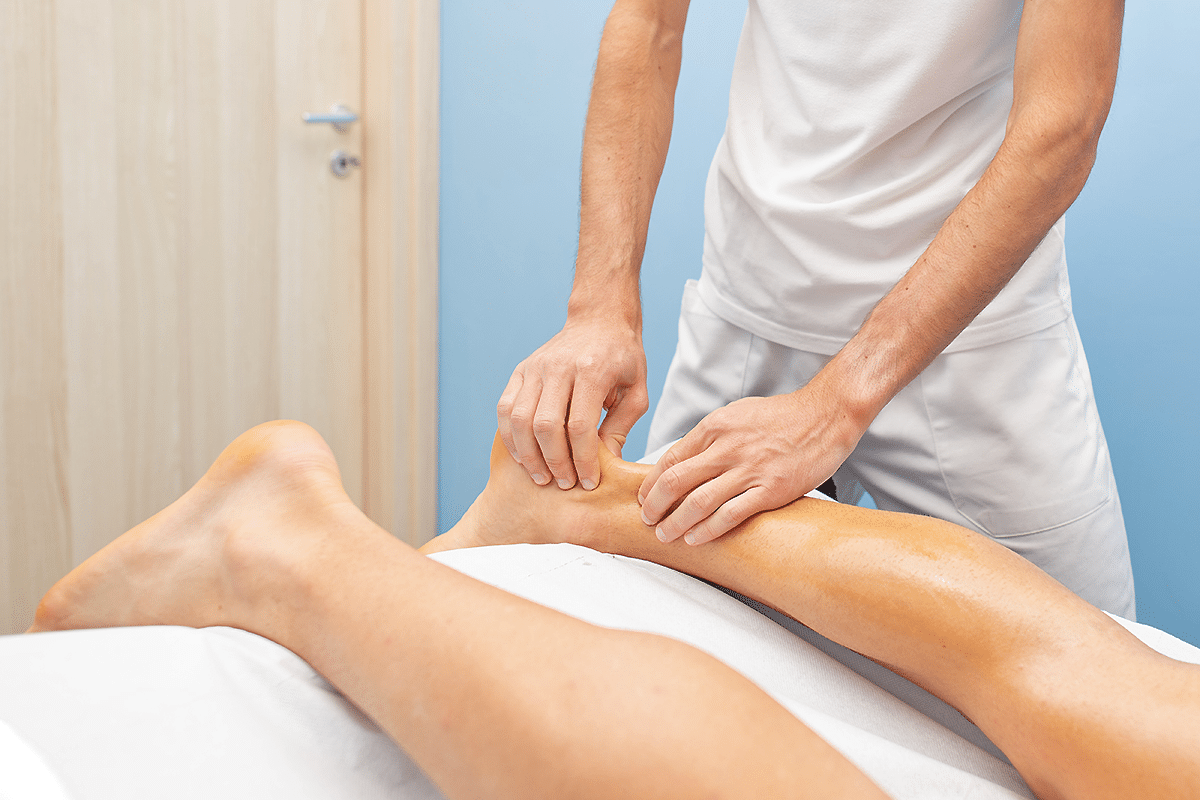A tendon is a fibrous band of tissue. The tendons connect muscles to bones. In fact, there are several names used for an inflamed, injured, or damaged tendon. These include tendonitis, tendinopathy, tendinosis, tenosynovitis, paratenonitis, and a tendon rupture. Despite similar symptoms, they are different. Understanding the conditions can help prevent problems. This will allow for proper treatment.
Tendon Pain
In the past, tendonitis was the term for almost all tendon pain. However, now it refers to acute inflammation. This typically occurs as the result of a small tear. These small tears happen from a sudden injury or repeated micro-traumas. The symptoms of tendonitis include:
- swelling
- localized pain
- warmth
Tendonitis treatment involves reducing inflammation. Often rest and over-the-counter medications are enough. However, recovery from tendonitis takes a few weeks. Although tendon inflammation is rare. Damaged tendons are commonly misdiagnosed. In many cases, tendinosis is the cause of pain. Often developing from chronic tendonitis.
Tendinosis
Tendinosis is a non-inflammatory degeneration of the tendon. This condition causes structural changes in the tendon. The altered composition occurs as a result of repetitive strain-injuries that never properly healed. It is most common among individuals who perform intensive activities or sports.
Unlike tendonitis, tendinosis can take several months to heal. However, it should be treated with NSAIDs. NSAIDs inhibit the natural reconstruction of tendons. This interferes with healing.
Tendinopathy
Tendinopathy describes any problem with a tendon. The suffix ‘pathy’ is derived from the Greek word for disease. Therefore, tendinopathy means tendon disease or disorder. Most use tendinopathy as an umbrella term. However, some describe a single condition. Though tendinopathy can also refer to an illness that does not heal.
If diagnosed with tendinopathy, your doctor will explain further. Therefore, it’s crucial to understand the cause and the nature of the damage.
- Paratenonitis is where the paratenon becomes inflamed.
- Tenosynovitis is an inflamed synovial sheath.
Paratenonitis
Some tendons, such as the Achilles, have a protective sheath called the paratenon. However, other tendons, such as wrist tendons, are surrounded by a synovial sheath instead. The condition diagnosed, though, will depend on the injury and tissue.
Tenosynovitis is diagnosed with testing. But paratenonitis requires a biopsy for an accurate diagnosis. Treatment for both conditions, however, is the same by reducing inflammation and restricting movements. This will help heal the affected tendon.
Tendon Ruptures
Tendons can tear. When a tear occurs, it’s called a rupture. These tears can be complete or partial. If it rips in two places, it’s a complete tear. However, if it remains intact, the rupture is only partial. In addition to this, ruptures can acute and chronic.
- Acute tendon rupture. They cause immediate pain and reduced function. Tendon ruptures are one time events. And bruising and swelling are likely. It’s crucial to treat a rupture within two weeks.
- Chronic tendon rupture. Its usually caused by an untreated acute rupture. When a rupture remains untreated for over 4 weeks, it’s classified as a chronic rupture. It can also develop when a partial rupture gets worse over a prolonged time.
Treatment for a tendon rupture, however, depends on the severity of the tear. If symptoms are severe, surgery or joint immobilization could be required. Reduced movement and rest is the most common treatment option.



Leave A Comment